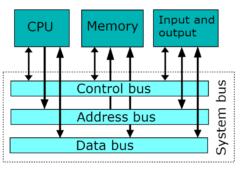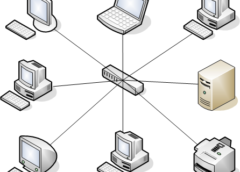
Intercultural communication competence (ICC) is the ability to communicate effectively and appropriately in various cultural contexts. There are numerous components of ICC. Some key components include motivation, self- and other knowledge, and tolerance for uncertainty.
Initially, a person’s motivation for communicating with people from other cultures must be considered.
Motivation refers to the root of a person’s desire to foster intercultural relationships and can be intrinsic or extrinsic.
Put simply, if a person is not motivated to communicate with people from different cultures, then the components of ICC discussed next do not really matter. If a person has a healthy curiosity that drives him or her toward intercultural encounters in order to learn more about self and others, then there is a foundation from which to build additional competence-relevant attitudes and skills.
This intrinsic motivation makes intercultural communication a voluntary, rewarding, and lifelong learning process. Motivation can also be extrinsic, meaning that the desire for intercultural communication is driven by an outside reward like money, power, or recognition. While both types of motivation can contribute to ICC, context may further enhance or impede a person’s motivation to communicate across cultures.
Members of dominant groups are often less motivated, intrinsically and extrinsically, toward intercultural communication than members of nondominant groups, because they don’t see the incentives for doing so. Having more power in communication encounters can create an unbalanced situation where the individual from the nondominant group is expected to exhibit competence, or the ability to adapt to the communication behaviors and attitudes of the other. Even in situations where extrinsic rewards like securing an overseas business investment are at stake, it is likely that the foreign investor is much more accustomed to adapting to United States business customs and communication than vice versa. This expectation that others will adapt to our communication can be unconscious, but later ICC skills we will learn will help bring it to awareness.
The unbalanced situation I just described is a daily reality for many individuals with nondominant identities. Their motivation toward intercultural communication may be driven by survival in terms of functioning effectively in dominant contexts. Recall the phenomenon known as code-switching discussed earlier, in which individuals from nondominant groups adapt their communication to fit in with the dominant group. In such instances, African Americans may “talk white” by conforming to what is called “standard English”, women in corporate environments may adapt masculine communication patterns, people who are gay or lesbian may self-censor and avoid discussing their same-gender partners with coworkers, and people with nonvisible disabilities may not disclose them in order to avoid judgment.
While intrinsic motivation captures an idealistic view of intercultural communication as rewarding in its own right, many contexts create extrinsic motivation. In either case, there is a risk that an individual’s motivation can still lead to incompetent communication. For example, it would be exploitative for an extrinsically motivated person to pursue intercultural communication solely for an external reward and then abandon the intercultural relationship once the reward is attained. These situations highlight the relational aspect of ICC, meaning that the motivation of all parties should be considered. Motivation alone cannot create ICC.
Knowledge supplements motivation and is an important part of building ICC. Knowledge includes self- and other-awareness, mindfulness, and cognitive flexibility. Building knowledge of our own cultures, identities, and communication patterns takes more than passive experience.
Developing cultural self-awareness often requires us to get out of our comfort zones. Listening to people who are different from us is a key component of developing self-knowledge. This may be uncomfortable, because we may realize that people think of our identities differently than we thought.
For example, when I lived in Sweden, my Swedish roommates often discussed how they were wary of befriending students from the United States. They perceived U.S. Americans to be shallow because they were friendly and exciting while they were in Sweden, but didn’t remain friends once they left. Although I was initially upset by their assessment, I came to see the truth in it. Swedes are generally more reserved than U.S. Americans and take longer to form close friendships. The comparatively extroverted nature of the Americans led some of the Swedes to overestimate the depth of their relationship, which ultimately hurt them when the Americans did not stay in touch. This made me more aware of how my communication was perceived, enhancing my self-knowledge. I also learned more about communication behaviors of the Swedes, which contributed to my other-knowledge.
The most effective way to develop other-knowledge is by direct and thoughtful encounters with other cultures. However, people may not readily have these opportunities for a variety of reasons. Despite the overall diversity in the United States, many people still only interact with people who are similar to them. Even in a racially diverse educational setting, for example, people often group off with people of their own race. While a heterosexual person may have a gay or lesbian friend or relative, they likely spend most of their time with other heterosexuals. Unless you interact with people with disabilities as part of your job or have a person with a disability in your friend or family group, you likely spend most of your time interacting with able-bodied people.
Living in a rural area may limit your ability to interact with a range of cultures, and most people do not travel internationally regularly. Because of this, we may have to make a determined effort to interact with other cultures or rely on educational sources like college classes, books, or documentaries. Learning another language is also a good way to learn about a culture, because you can then read the news or watch movies in the native language, which can offer insights that are lost in translation. It is important to note though that we must evaluate the credibility of the source of our knowledge, whether it is a book, person, or other source. Also, knowledge of another language does not automatically equate to ICC.
Developing self- and other-knowledge is an ongoing process that will continue to adapt and grow as we encounter new experiences. Mindfulness and cognitive complexity will help as we continue to build our ICC.
Mindfulness is a state of self- and other-monitoring that informs later reflection on communication interactions. As mindful communicators we should ask questions that focus on the interactive process like “How is our communication going? What are my reactions? What are their reactions?” Being able to adapt our communication in the moment based on our answers to these questions is a skill that comes with a high level of ICC. Reflecting on the communication encounter later to see what can be learned is also a way to build ICC. We should then be able to incorporate what we learned into our communication frameworks, which requires cognitive flexibility.
Cognitive flexibility refers to the ability to continually supplement and revise existing knowledge to create new categories rather than forcing new knowledge into old categories. Cognitive flexibility helps prevent our knowledge from becoming stale and also prevents the formation of stereotypes and can help us avoid prejudging an encounter or jumping to conclusions. In summary, to be better intercultural communicators, we should know much about others and ourselves and be able to reflect on and adapt our knowledge as we gain new experiences. Motivation and knowledge can inform us as we gain new experiences, but how we feel in the moment of intercultural encounters is also important.
Tolerance for uncertainty refers to an individual’s attitude about and level of comfort in uncertain situations.
Some people perform better in uncertain situations than others, and intercultural encounters often bring up uncertainty. Whether communicating with someone of a different gender, race, or nationality, we are often wondering what we should or shouldn’t do or say.
Situations of uncertainty most often become clearer as they progress, but the anxiety that an individual with a low tolerance for uncertainty feels may lead them to leave the situation or otherwise communicate in a less competent manner. Individuals with a high tolerance for uncertainty may exhibit more patience, waiting on new information to become available or seeking out information, which may then increase the understanding of the situation and lead to a more successful outcome.
Individuals who are intrinsically motivated toward intercultural communication may have a higher tolerance for uncertainty, in that their curiosity leads them to engage with others who are different because they find the self- and other-knowledge gained rewarding.
Cultivating Intercultural Communication Competence
How can ICC be built and achieved? This is a key question we will address in this section. Two main ways to build ICC are through experiential learning and reflective practices.
We must first realize that competence isn’t any one thing. Part of being competent means that you can assess new situations and adapt your existing knowledge to the new contexts. What it means to be competent will vary depending on your physical location, your role (personal, professional, etc.), and your life stage, among other things. Sometimes we will know or be able to figure out what is expected of us in a given situation, but sometimes we may need to act in unexpected ways to meet the needs of a situation. Competence enables us to better cope with the unexpected, adapt to the nonroutine, and connect to uncommon frameworks. I have always told my students that ICC is less about a list of rules and more about a box of tools.
Three ways to cultivate ICC are to foster attitudes that motivate us, discover knowledge that informs us, and develop skills that enable us.
To foster attitudes that motivate us, we must develop a sense of wonder about culture. This sense of wonder can lead to feeling overwhelmed, humbled, or awed.
This sense of wonder may correlate to a high tolerance for uncertainty, which can help us turn potentially frustrating experiences we have into teachable moments. I have had many such moments in my intercultural encounters at home and abroad.
One such moment came the first time I tried to cook a frozen pizza in the oven in the shared kitchen of my apartment in Sweden. The information on the packaging was written in Swedish, but like many college students, I had a wealth of experience cooking frozen pizzas to draw from. As I went to set the oven dial to preheat, I noticed it was strange that the oven didn’t go up to my usual 425–450 degrees.
Not to be deterred, I cranked the dial up as far as it would go, waited a few minutes, put my pizza in, and walked down the hall to my room to wait for about fifteen minutes until the pizza was done. The smell of smoke drew me from my room before the fifteen minutes was up, and I walked into a corridor filled with smoke and the smell of burnt pizza. I pulled the pizza out and was puzzled for a few minutes while I tried to figure out why the pizza burned so quickly, when one of my corridor-mates gently pointed out that the oven temperatures in Sweden are listed in Celsius, not Fahrenheit! Despite almost burning the kitchen down, I learned a valuable lesson about assuming my map for temperatures and frozen pizzas was the same as everyone else’s.
Discovering knowledge that informs us is another step that can build on our motivation. One tool involves learning more about our cognitive style, or how we learn. Our cognitive style consists of our preferred patterns for “gathering information, constructing meaning, and organizing and applying knowledge”.
As we explore cognitive styles, we discover that there are differences in how people attend to and perceive the world, explain events, organize the world, and use rules of logic.
Some cultures have a cognitive style that focuses more on tasks, analytic and objective thinking, details and precision, inner direction, and independence, while others focus on relationships and people over tasks and things, concrete and metaphorical thinking, and a group consciousness and harmony.
Developing ICC is a complex learning process. At the basic level of learning, we accumulate knowledge and assimilate it into our existing frameworks. But accumulated knowledge doesn’t necessarily help us in situations where we have to apply that knowledge. Transformative learning takes place at the highest levels and occurs when we encounter situations that challenge our accumulated knowledge and our ability to accommodate that knowledge to manage a real-world situation. The cognitive dissonance that results in these situations is often uncomfortable and can lead to a hesitance to repeat such an engagement.
One tip for cultivating ICC that can help manage these challenges is to find a community of like-minded people who are also motivated to develop ICC. In my graduate program, I lived in the international dormitory in order to experience the cultural diversity that I had enjoyed so much studying abroad a few years earlier. I was surrounded by international students and U.S. American students who were more or less interested in cultural diversity. This ended up being a tremendous learning experience, and I worked on research about identity and communication between international and American students.
Developing skills that enable us is another part of ICC. Some of the skills important to ICC are the ability to empathize, accumulate cultural information, listen, resolve conflict, and manage anxiety.
Again, you are already developing a foundation for these skills by reading this book, but you can expand those skills to intercultural settings with the motivation and knowledge already described. Contact alone does not increase intercultural skills; there must be more deliberate measures taken to fully capitalize on those encounters. While research now shows that intercultural contact does decrease prejudices, this is not enough to become interculturally competent.
The ability to empathize and manage anxiety enhances prejudice reduction, and these two skills have been shown to enhance the overall impact of intercultural contact even more than acquiring cultural knowledge. There is intercultural training available for people who are interested. If you cannot access training, you may choose to research intercultural training on your own, as there are many books, articles, and manuals written on the subject.
Reflective practices can also help us process through rewards and challenges associated with developing ICC. As we open ourselves to new experiences, we are likely to have both positive and negative reactions. It can be very useful to take note of negative or defensive reactions you have. This can help you identify certain triggers that may create barriers to effective intercultural interaction.
Noting positive experiences can also help you identify triggers for learning that you could seek out or recreate to enhance the positive.
A more complex method of reflection is called intersectional reflexivity. Intersectional reflexivity is a reflective practice by which we acknowledge intersecting identities, both privileged and disadvantaged, and implicate ourselves in social hierarchies and inequalities.
This method brings in the concepts of dominant and nondominant groups and the privileges/disadvantages dialectic we discussed earlier. While formal intercultural experiences like studying abroad or volunteering for the Special Olympics or a shelter for gay, lesbian, bisexual, transgender, and queer (GLBTQ) youth can result in learning, informal experiences are also important.
We may be less likely to include informal experiences in our reflection if we do not see them as legitimate. Reflection should also include “critical incidents” or what I call “a-ha! moments”. Think of reflection as a tool for metacompetence that can be useful in bringing the formal and informal together.
Getting Competent
Thinking under the Influence
Communication and culture scholar Brenda Allen coined the phrase “thinking under the influence” (TUI) to highlight a reflective process that can help us hone our intercultural communication competence.
As we discussed earlier, being mindful is an important part of building competence. Once we can become aware of our thought processes and behaviors, we can more effectively monitor and intervene in them.
She asks us to monitor our thoughts and feelings about other people, both similar to and different from us. As we monitor, we should try to identify instances when we are guilty of TUI, such as uncritically accepting the dominant belief systems, relying on stereotypes, or prejudging someone based on their identities. She recounts seeing a picture on the front of the newspaper with three men who appeared Latino. She found herself wondering what they had done, and then found out from the caption that they were the relatives of people who died in a car crash. She identified that as a TUI moment and asked herself if she would have had the same thought if they had been black, white, Asian, or female.
When we feel “surprised” by someone different, this often points to a preexisting negative assumption that we can unpack and learn from. Allen also found herself surprised when a panelist at a conference who used a wheelchair and was hearing impaired made witty comments. Upon reflection, she realized that she had an assumption that people with disabilities would have a gloomy outlook on life. While these examples focus on out-groups, she also notes that it is important for people, especially in nondominant groups, to monitor their thoughts about their own group, as they may have internalized negative attitudes about their group from the dominant culture.
As a black woman, she notes that she has been critical of black people who “do not speak mainstream English” based on stereotypes she internalized about race, language, and intelligence. It is not automatically a bad thing to TUI. Even Brenda Allen, an accomplished and admirable scholar of culture and communication, catches herself doing it. When we notice that we TUI, it’s important to reflect on that moment and try to adjust our thinking processes. This is an ongoing process, but it is an easy-to-remember way to cultivate your ICC. Keep a record of instances where you catch yourself “thinking under the influence” and answer the following questions:
- What triggers you to TUI?
- Where did these influences on your thought come from?
- What concepts from this chapter can you apply to change your thought processes?
Key Takeaways
- Getting integrated: Intercultural communication competence (ICC) is the ability to communicate effectively and appropriately in various cultural contexts. ICC also has the potential to benefit you in academic, professional, personal, and civic contexts.
- A person with appropriate intrinsic or extrinsic motivation to engage in intercultural communication can develop self- and other-knowledge that will contribute to their ability to be mindful of their own communication and tolerate uncertain situations.
- We can cultivate ICC by fostering attitudes that motivate us, discovering knowledge that informs us, and developing skills that enable us.
Source: A Primer on Communication Studies, https://2012books.lardbucket.org/books/a-primer-on-communication-studies/s08-04-intercultural-communication-co.html 

 This work is licensed under a Creative Commons Attribution-ShareAlike 3.0 License
This work is licensed under a Creative Commons Attribution-ShareAlike 3.0 License  .
.
65 total views , 1 views today


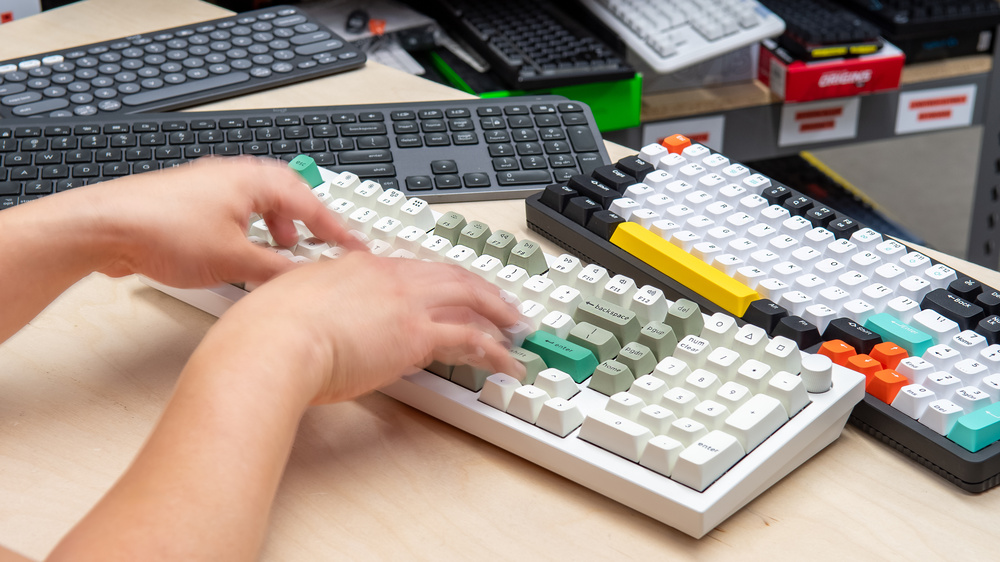






![[Resource]: Installing Webuzo on Your Nestict Cloud VPS: A Detailed Guide](https://www.blog.nestict.com/wp-content/uploads/2024/12/image.webp)
![[Resource] : Comprehensive List of Equity Bank Codes Across Kenya by Region](https://www.blog.nestict.com/wp-content/uploads/2024/12/image-5.png)



![[Continuation]: Current Challenges in Making Physics and Geography Compulsory](https://www.blog.nestict.com/wp-content/uploads/2024/12/The-universe-of-mathematics-physic-and-astronomy-its-ama…-Flickr.jpg)
![[Resource] : Why Physics and Geography Should Be Compulsory Like Mathematics in Education](https://www.blog.nestict.com/wp-content/uploads/2024/12/image.png)


![[LINKTREE] 2024 PAST PAPERS , NOTES ,RESOURCE,REVISION,EXAMINATIONS](https://www.blog.nestict.com/wp-content/uploads/2024/10/SCHM.jpeg)


![Maritime Terms, Abbreviations and Acronyms [Shipping Terms – Searchable]](https://www.blog.nestict.com/wp-content/uploads/2024/09/Container-Stowage-Stock-Illustrations-–-71-Container-Stowage-Stock-Illustrations-Vectors-Clipart-Dreamstime.jpg)
![Maritime Terms, Abbreviations and Acronyms [ Shipping Terms]](https://www.blog.nestict.com/wp-content/uploads/2024/09/image.png)





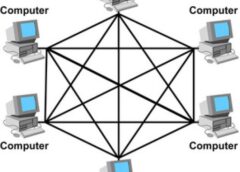


![[Explainer]: NVMe storage, SSD (SATA SSD), and HDD](https://www.blog.nestict.com/wp-content/uploads/2024/08/Laptops-are-available-with-SSDs-and-HDDs.png)
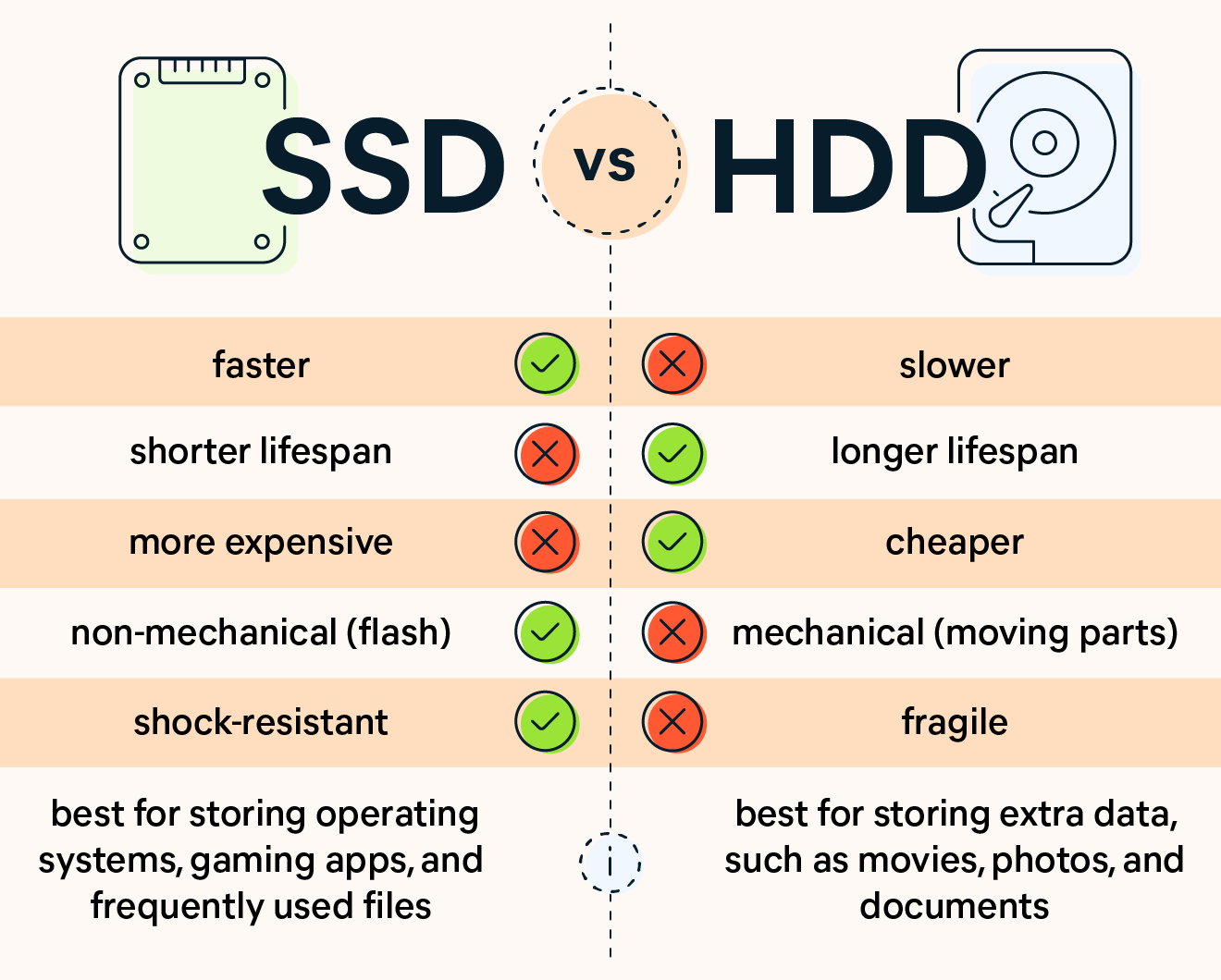
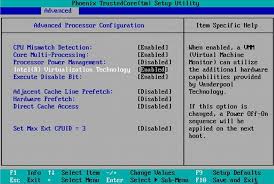
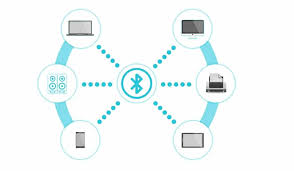

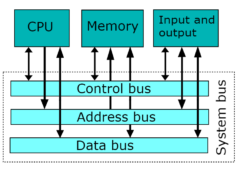

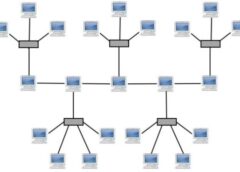


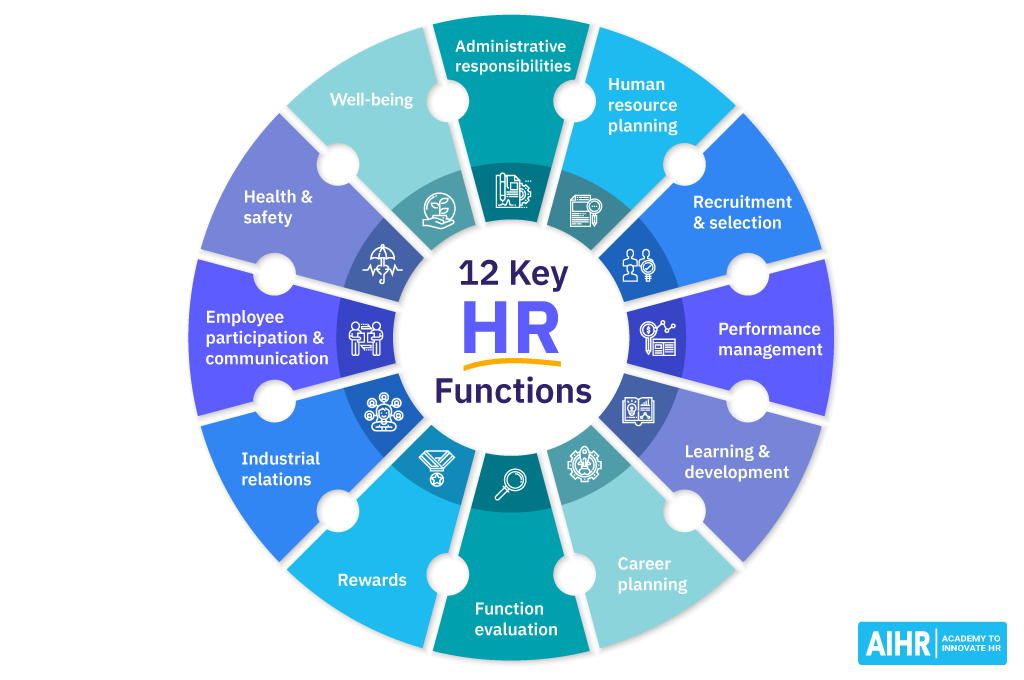




![[Updated 2024] – Passport Application FOR CHILDREN ONLY(PERSONS UNDER 18 YEARS)](https://www.blog.nestict.com/wp-content/uploads/2023/09/keppp-240x172.png)
![[Updated 2024] -Passport Application FOR ADULTS ONLY-PERSONS OVER 18 YEARS](https://www.blog.nestict.com/wp-content/uploads/2023/09/EAF-Passport-e1631045054464-400x800-1-240x172.jpg)


